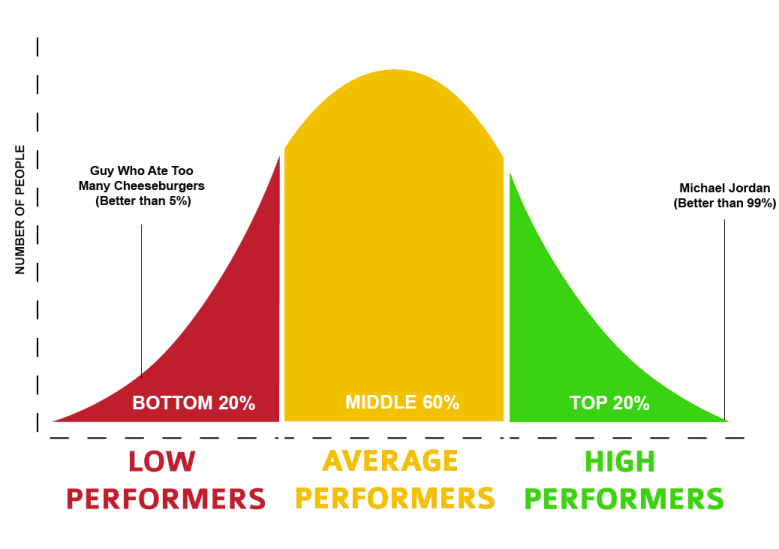
If you’re low-balling developers with a salary strategy that rewards negotiation skills, you’re probably underpaying them while overpaying the developers who are good negotiators (but maybe not amazing coders). You should be paying them what they’re worth as one of many strategies to keep them happy. They make or break your products – quite literally, in fact. The thing is, developers are the linchpin in your tech company. When you hire developers, how do you decide on their salary? Do you allow for negotiations to take place? Is there a strategy in place where you offer a low value, expecting the candidate to counter with a higher number? Are you pleased when they don’t counter, and you get good talent for cheap? How Does Your Company Determine Compensation? It follows that some are good negotiators others get the double digit percentage finance rate at the dealership when they go in to buy that new car. Often the only thing that developers have in common is their love for programming. Stephen Bevan is director of the Centre for Workforce Effectiveness at The Work Foundation.Developers come from all walks of life, and have many unique interests, passions, and hobbies. As the well-known HR guru and part-time poet John Donne almost once said: “Ask not for whom the bell curve tolls – it tolls for thee.” Conversely, it could just be another example of HR willingly taking a shot of testosterone to show CEOs that it, too, has a scary side and then pimping itself to the worst kind of social Darwinism.Įven if the intent is honourable, in most cases the execution is certainly not. It’s what you get when you conflate a ?relative measure (ranking) with an absolute measure (rating) – a car crash of an HR practice.īeing charitable, let’s assume that rank and yank is grossly misunderstood (including by me) and just needs better communication so that its supportively developmental credentials are emphasised and the more clumsy ?examples of implementation ironed out. If we applied this approach to all-time Test match batting averages, Sir Leonard Hutton would drop out of the top echelon because the vitality curve insists on shining a menacing light on the ‘worst of the best’ rather than just on the ‘worst’. When she complained, she was herself put on a PIP to help her “reassess her priorities”. One manager had to put 10% of her team on a PIP even though they all exceeded their targets – just because of this bell curve logic. I have spoken to several managers in big organisations where this approach is used, and the impact is often toxic. Frankly, I despair at all this and would love an eminent HR director to explain convincingly why they use it and, moreover, how it doesn’t undermine trust, create fear, destroy team-working and damage the line manager-worker relationship.

Other terms are more direct, such as stack ranking and rank and yank.Īll rely on the flawed notion that, in any normal distribution (or bell curve), it is possible to identify the bottom 10% of ?performers who, if improved or eliminated, will improve the average and, in turn, create a performance culture that ?‘rewards doers’, which can be helpful for ‘building the muscle’ of the organisation. Indeed, the concept of the forced distribution in performance rankings – where the ?bottom 10% of performers are put on Orwellian performance improvement plans (PIPs) as a prelude to being ?managed out of the business – looks like it is back in earnest in the UK, despite being on the wane in the US where it has failed a number of legal tests.Īnd, just to confuse everyone, the practice has benign names: quarterly performance reviews (at Yahoo) employee review (Microsoft) the vitality curve (General Electric) and expected or guided distribution (the Civil Service). Well, apparently it is possible to promote an inclusive climate of high engagement and cull 10% of your workforce each year without any contradiction or irony. And this can’t be achieved through fear, as we all know. In these days of enlightened management principles, world class business school teaching and truckloads of data on every imaginable aspect of worker motivation, surely we would never rely on the visceral fear of a cull to help us manage performance? After all, most business leaders are falling over themselves to trumpet how they have improved employee engagement and harnessed ‘discretionary effort’, even during the downturn.


 0 kommentar(er)
0 kommentar(er)
